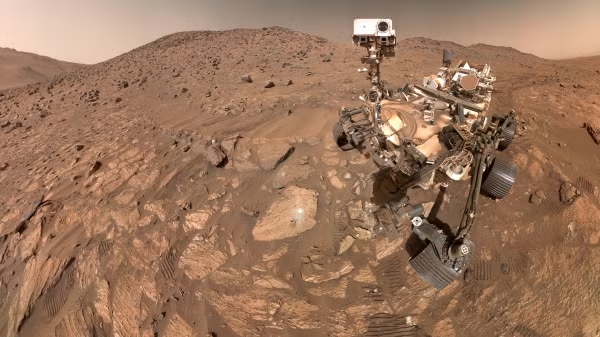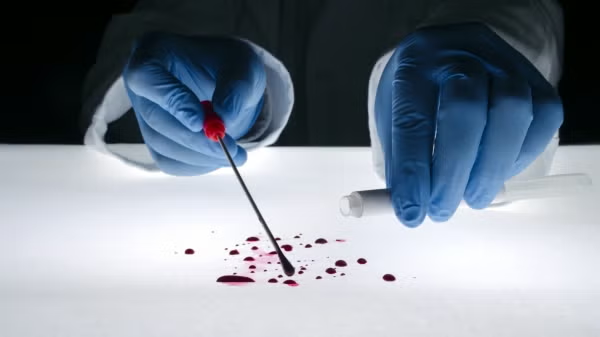Editor's note: This story is part of a series of profiles of notable fall 2020 graduates.
Katie Vosler grew up a Navy brat. Her father served as a naval aviator. She always wanted to follow in his footsteps. It turned out his footsteps weren’t the problem.
It was her height. Unfortunately, she came up short.
“I still wanted to stay in aviation so I decided to go the civilian route, which led me to ASU!” she said.
At Arizona State University, Vosler more than measured up, earning a 3.93 GPA on top of leading as president of ALPA Ace Club, vice president of the Alpha Eta Rho professional aviation fraternity and an active member in ASU’s Women in Aviation Chapter.
She also found time to volunteer for Relay for Life, Sky Kids and Feed Our Starving Children. To help fund her tuition, Vosler worked as a lifeguard for ASU’s Sun Devil Fitness Center and held down a part-time job at one of the businesses at Phoenix-Mesa Gateway Airport.
Vosler is a Sun Devil expected to fly high indeed.
Question: What was your “aha” moment when you realized you wanted to study the field you majored in?
Answer: Maybe there wasn’t one particular moment, but I had the opportunity to intern for Delta Air Lines, where I worked on real projects and issues within my field and I got to travel the world while I was at it. From this internship and the people I met while I was there, I knew I was on the right path.
Q: What’s something you learned while at ASU — in the classroom or otherwise — that surprised you or changed your perspective?
A: Aside from learning how to fly a plane, ASU taught me the importance of working with other people and how respecting other people's opinions and contributions can help you learn and be successful in everything you do. A lot of time at ASU was spent on group projects working with people from all walks of life, and while you can learn a lot from a book, there is so much to gain from other people's opinions and experiences.
Q: Why did you choose ASU?
A: After graduating from high school, I committed to a different school but I realized almost immediately that I wasn’t where I needed to be. I decided to transfer to ASU based on positive feedback from people I knew in the program and I can honestly say it was possibly the best decision I’ve made.
Q: Which professor taught you the most important lesson while at ASU?
A: I had one professor, Michael Hampshire, who was very adamant about being able to do certain calculations like time, distance, fuel, glideslope and lead turns in your head without the use of paper or calculators. It was painful and seemed pretty pointless at the time, but now I use that skill almost every day and I definitely see how it could be a lifesaving skill.
Q: What’s the best piece of advice you’d give to those still in school?
A: Take advantage of every opportunity. There is so much out there in terms of clubs, internships, resources and ways to give back. Put yourself out there and try something new, it could very well impact the rest of your life.
Q: What was your favorite spot on campus, whether for studying, meeting friends, or just thinking about life?
A: My favorite spot on campus has to be the SDFC pool. It is a great place to study or just relax with friends. It’s outside so you can get some fresh air and still be close to your classes. Also, it was where I had my first on-campus job, so it holds a bit of sentimental value!
Q: What are your plans after graduation?
A: I’m looking to move to Chicago to be a flight instructor. Then one day when the industry recovers, I hope to be able to fly for a major airline.
Q: If someone gave you $40 million to solve one problem on our planet, what would you tackle?
A: I believe that education is the key to the future and if I had $40 million to tackle one problem it would be to give everyone equal access to education all the way through college. While $40 million may not be enough, it would certainly be a start. I believe that by first giving someone the knowledge they need they have more opportunity to succeed in life and be provided with the tools they need to tackle other pressing issues.
Top photo by Charlie Leight/ASU Now
More Science and technology

CSI: Mars
By Wendee NicoleTravelling to Mars has loomed large in the public’s imagination since at least the late 1800s when H.G. Wells' “War of the Worlds” tale of a Martian invasion was serialized in print.…

ASU research is helping solve crimes
On TV, detectives solve crimes in 43 minutes (plus commercial breaks). In real life, it takes much more time — and many more minds, including researchers discovering new ways to analyze evidence and…

Compact X-ray laser lab aims to reveal deep secrets of life, matter and energy
X-rays allow us to view inside the human body to diagnose broken bones and other hidden problems. More recent X-ray advances are making it possible to see events at the scale of atoms and molecules,…
